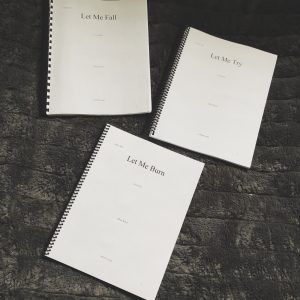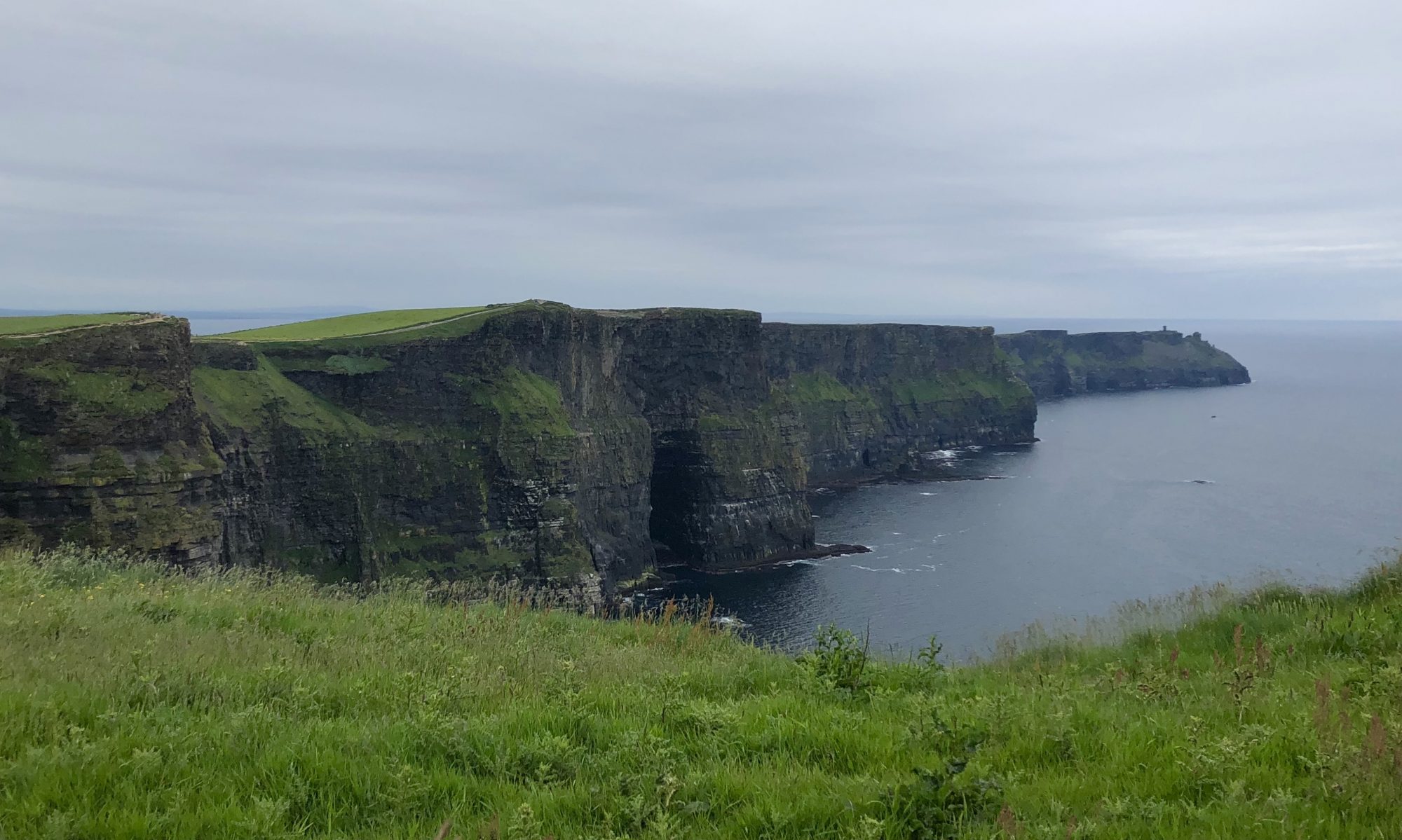If we are asking our students to develop competencies, we should be able to describe where we are in our own journey of competency-development. Here are just a few of the 21st-century competencies that I have personally been developing:
Information & Digital Literacy
I have always been interested in technology, and the ways in which it can allow me to be more expressive, efficient, and accomplished. Two years ago, I started digitally note-taking. I invested in an iPad Pro and Apple Pencil, and researched the best apps for digital note-taking at the university-level, settling on Notability. My Notability app now contains over 400 files worth of course and workshop notes, and I refer back to them on a frequent basis.
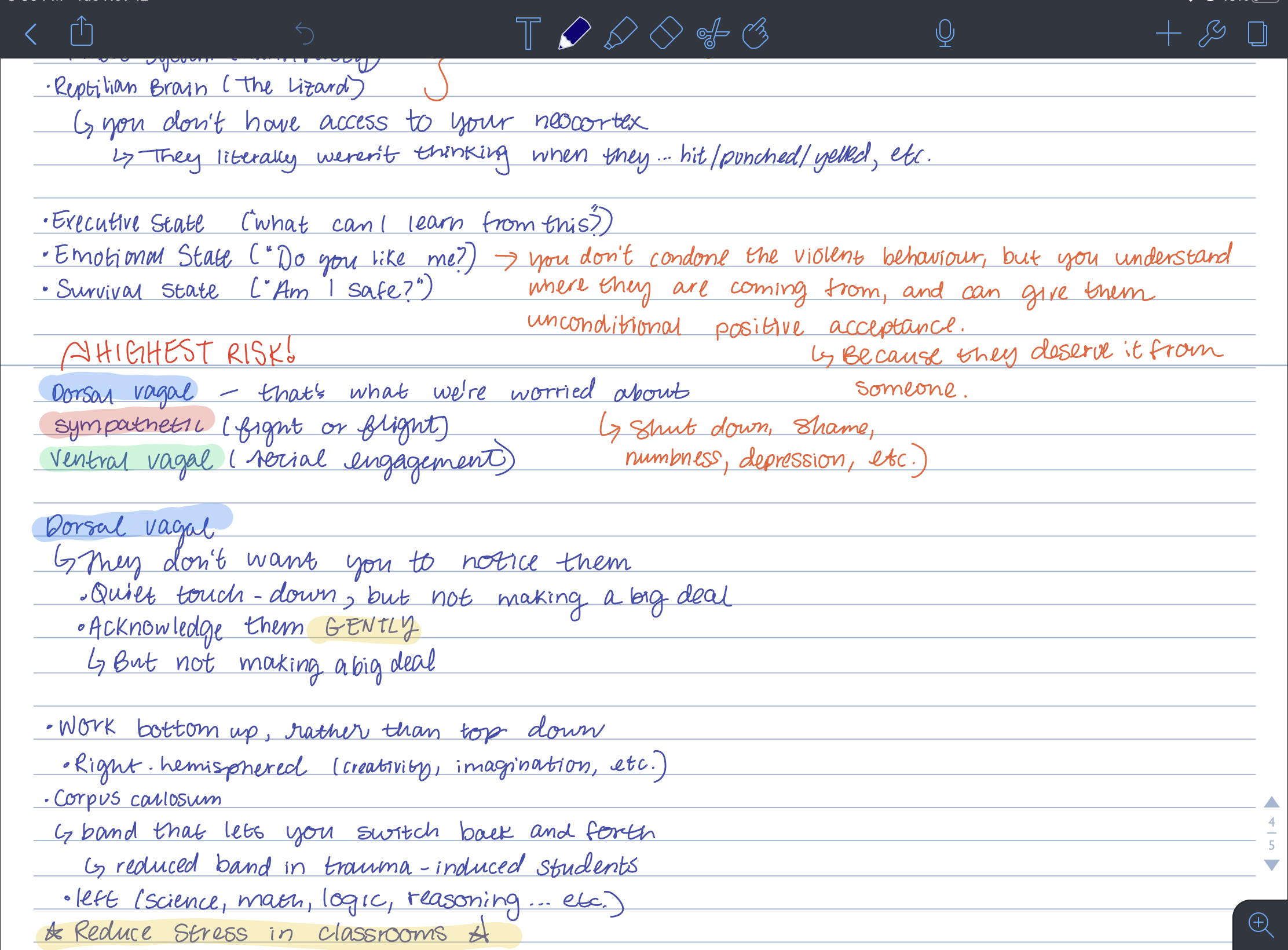
I appreciate the flexibility that digital notetaking has given me, and also the fact that it is paperless. This has made me a more organized person, and it also makes it easier to access notes that I wrote two years or five months or two weeks ago–due to the fact that they are simply stored in a file in my Notability app. I also find that through digital notetaking, I have become a more efficient note-taker. In the final year of my English degree, I was a designated notetaker in several of my courses for the Access Resource Centre (ARC) at UNBC. After each class, I would send my notes to the ARC so that students who had difficulty with note-taking could access them. I received feedback on multiple occasions from ARC staff that my notes were reliable and of a high-quality.
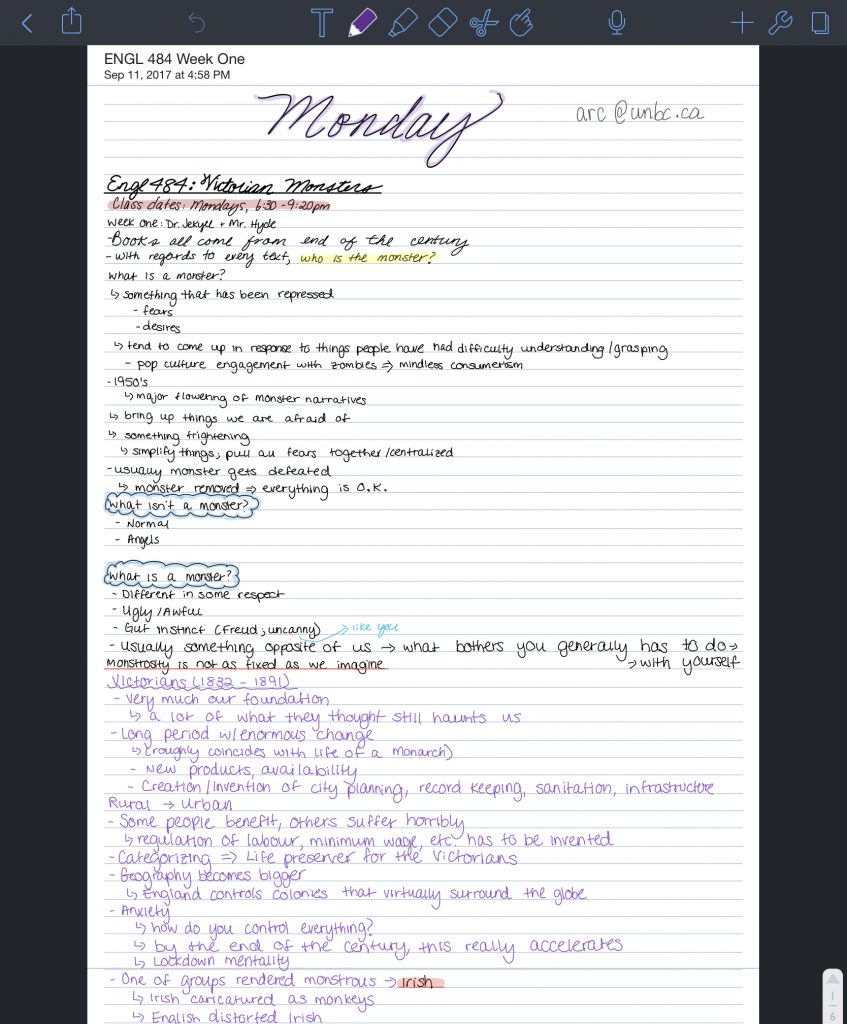
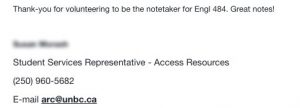
This technology has also been helpful in my own teaching. I have used it as a way of annotating short stories for students in real-time, and to model essay revisions. Though this is only one way in which I have been working on my digital literacy competency, I am always exploring more applications that can support my own professional learning in this competency, as well as my students’ learning.
Numeric & Scientific Literacy
During my Numeracy Across the Curriculum course last Spring, I gained a special interest in exploring how numeracy can be weaved into Language Arts lessons. This class challenged my own thinking and creativity, because I had to examine the curriculum through a different lens. My final project for this class was a grammar lesson on subject-verb agreement.
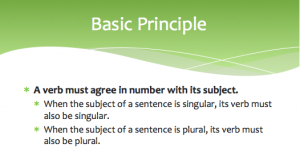
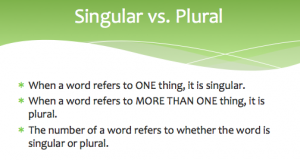
My lesson’s numeracy aspect was emphasized through the patterns that are employed in subject-verb agreement. Surprisingly, there is a certain amount of mathematical thinking involved in grammar!
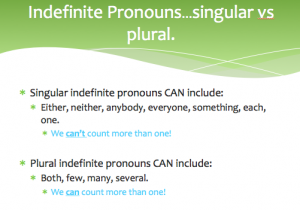 The activity that I used to reinforce my lesson was a sentence auction. My “students” [cohort members] were divided into teams, and were asked to collaborate to make executive decisions on whether they wanted to “bet” on a sentence or not.
The activity that I used to reinforce my lesson was a sentence auction. My “students” [cohort members] were divided into teams, and were asked to collaborate to make executive decisions on whether they wanted to “bet” on a sentence or not.
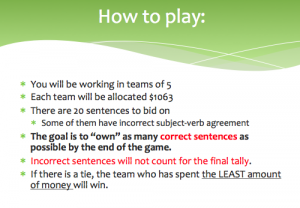
As visible in the “How to Play” picture, the goal was for a team to “own” as many correct sentences as possible by the end of the game. Some of the sentences were not correct, and it was up to the teams to use what they had learned from the lesson in order to decide if the sentence had correct subject-verb agreement or not.
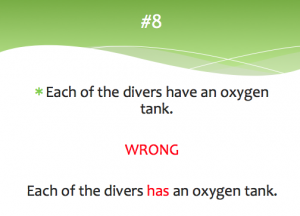
A bonus numeracy aspect came from the financial literacy involved in the sentence auction. As I anticipated, some teams took financial risks in an attempt to own the most sentences, whereas others were much more calculated. In the end, there was a tie between two of the teams, and the team that acted in a more calculated manner came out victorious.
This lesson was such a fun way of weaving numeracy into the English Language Arts curriculum. Since I began planning for my upcoming four-week practicum, I have challenged myself to ensure numeracy is often present in my lessons, and that I explicitly refer to it; numeracy is everywhere, but we need to point it out for our students. Even in my own planning, I feel that my own numerical literacy has improved simply by exploring new ways to make it visible in my lessons.
Creativity/Innovation
Creativity plays a significant role in my daily life, and one my of largest creative endeavours has been my personal creative writing. This past May, I finished writing my first trilogy, which collectively totaled over 325,000 words when it was completed. The next step in this process has been to revise and rewrite the first novel in my series, and in early November this year, I surpassed the 70,000-word mark. As I am rewriting my first novel, which I started writing almost five years ago, I am reminded that learning truly takes patience and time; there have been some significant changes to the story, as well necessary modifications that I would not have been able to make without the distance I gave myself from it.
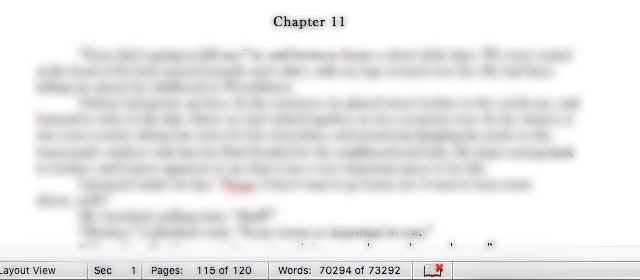
Rewriting is a new experience for me, but I am learning to appreciate the process. I am not necessarily finding that it means I “cut” a lot of scenes, or dialogue between my characters, but that I find more creative and natural ways of approaching the story in order to improve it. I love the challenge it has provided me within a veil of familiarity, as I am not necessarily creating something from scratch, but molding it to make it better. My creativity is something that I rely on as an outlet, and that I know will continue to develop throughout my life.
